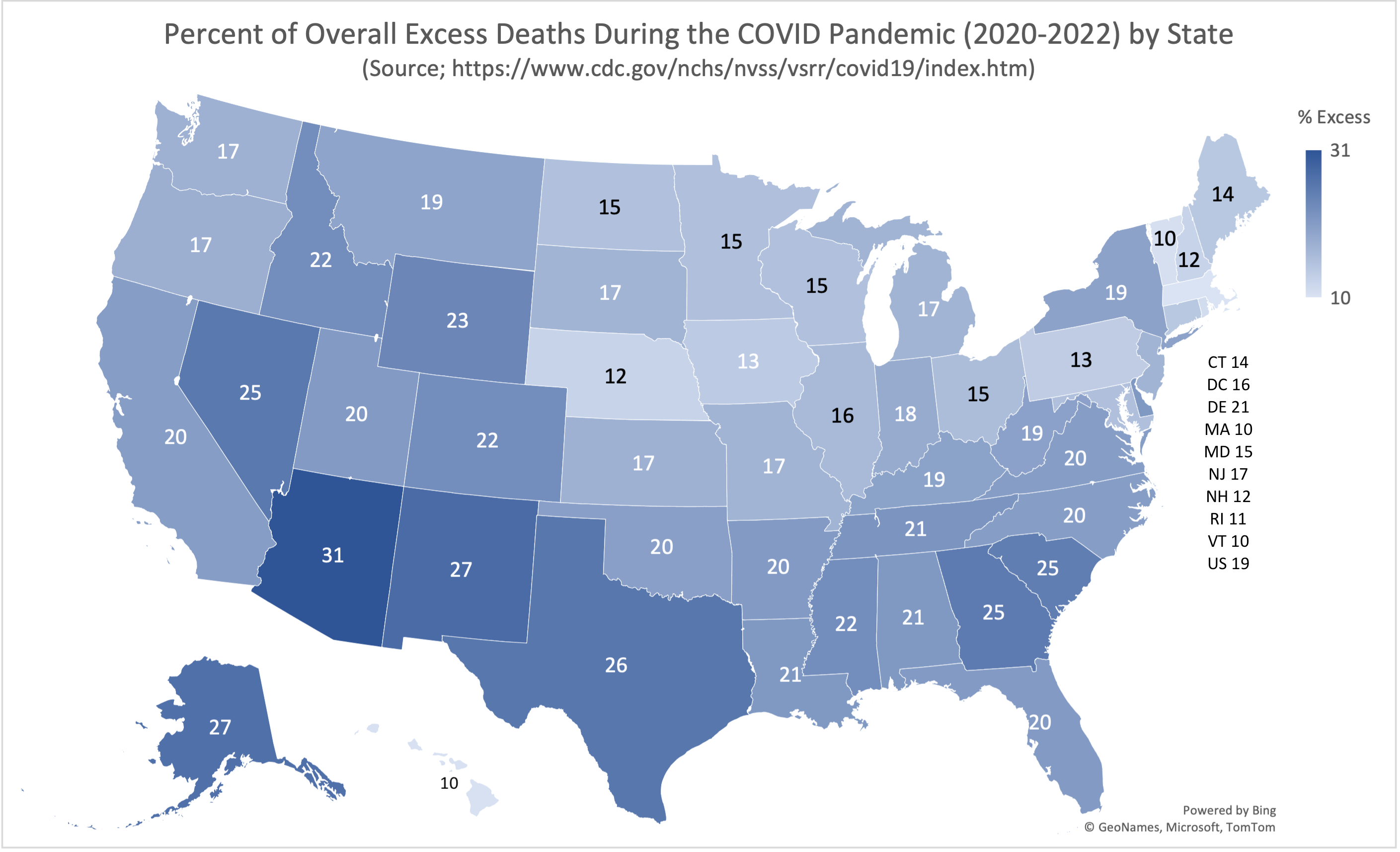Back in the mid 1990’s the AZ State Legislature established the Arizona Child Fatality Review Program to evaluate every child death and provide evidence-based policy recommendations to prevent child deaths.
Over the years many policy and operational interventions came out of these reports, from safe sleep to new seat belt laws for kids. The goal of each year’s report by conducting a comprehensive review of all child deaths and make policy recommendations to prevent as many as possible.
The report 2 years ago found that firearm deaths increased 41% over the previous year, while child death rates were 250% higher than the national average (likely due to the lack of mitigation measures implemented by the previous administration).
View this year’s 30th Annual Child Fatality Review Report
The Arizona Child Fatality Review Program’s goal is to reduce child deaths in Arizona by conducting a comprehensive review of all child deaths to figure out what steps could have been taken, if any, to prevent each child’s death.
The leading causes of preventable deaths were: 1) car crashes [21%]; 2) suffocation [16%]; 3) firearm injury [15%]; 4) poisoning [11%]; and 5) drowning [8%].
Local review teams found that 100% of accidental injury deaths (n=215), suicides (n=46), and homicides (n=49) were preventable.
The most important part of the Child Fatality Review Report is the policy recommendation part, which starts on page 98. The research team goes to great lengths to find evidence-based recommendations to prevent child deaths.
Highlighted recommendations are from this year’s report include:
- Require proper storage of all firearms by making adult owners legally civilly & criminally responsible for keeping the firearm unloaded and locked in a safe with the ammunition stored separately.
- Require children younger than 13 to be in the rear seats of vehicles, continue promoting the importance of safety seats for children and provide parents with education and information on the locations of certified seat installers, increasing awareness about proper vehicle restraint use and the risks associated with driving under the influence, and ensuring that helmets are worn when required.
- Expand of the DCS Workforce Resilience Experiences and home visiting programs through the state, increasing awareness of Adverse Childhood Experiences and increasing awareness and support for the All-Babies Cry Program.
- Prevent prematurity (a leading cause of death among neonates) focus on maternal behavioral health: 1) policies to encourage pregnant women to avoid using substances such as drugs or alcohol during pregnancy; 2) increasing the availability of affordable health insurance; and 3) awareness of AHCCCS coverage up to one year postpartum; and increasing availability of home visiting programs.
- Continue to educate parents on safe sleeping environments and the dangers associated with the use of products for sleep that are not specifically marketed for infant sleep and recalled items.
The recommendations in this year’s report can be implemented in various ways. Some, like passing Child Firearm Access Prevention laws require legislative action, while others can be implemented by AHCCCS, ADHS, ADES and DCS without additional statutory authority. Others can be adopted as best practices by nonprofits working in this sector.
I expect this year’s Child Fatality Review Program report to be more influential in informing public policy as Governor Hobbs and her appointees are generally more receptive to prioritizing evidence-based public health policy & practice than the former administration.







